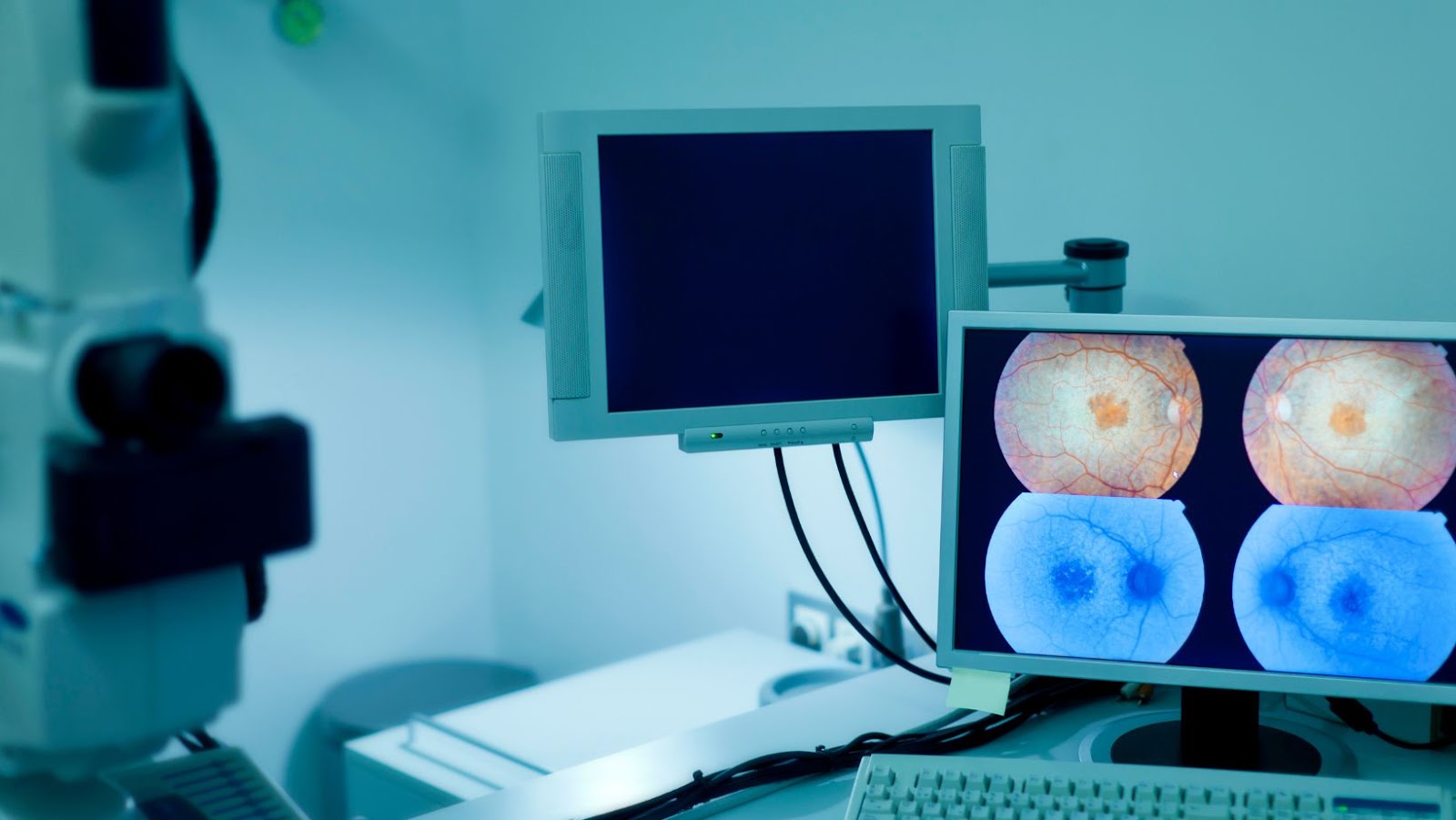Nanox is a medical technology company that recently raised $26 million for their low-cost X-ray scanners. This new technology is said to revolutionise medical imaging, and has a lot of promise for those seeking more accessible medical imaging solutions.
In this article, we will examine what Nanox’s X-ray scanners are, how they work, and their various benefits.
Overview of Nanox and their X-ray scanners
Nanox is a company based in Tokyo that has developed cutting-edge X-ray scanners to revolutionise diagnostics. By combining patented imaging techniques with compact, affordable hardware, Nanox aims to improve healthcare accessibility worldwide.
Nanox’s X-ray scanners use digital x-rays, allowing for real-time examinations and easy data sharing across multiple healthcare practitioners. In addition, the hardware is small, portable and easy to set up and operate, reducing the burden on medical professionals and increasing availability in remote areas. Nanox’s X-ray scanners also feature advanced safety features designed to significantly reduce radiation exposure for both the patient and medical staff.
The benefits of using Nanox’s X-ray scanners are wide ranging. These include improved speed and accuracy of diagnoses, increased safety due to a reduction in radiation exposure, reduced costs associated with traditional diagnostic methods by eliminating lengthy installation processes, and travel time for patients required to reach dedicated facilities equipped with large traditional x-ray machines. Additionally this technology is highly accessible allowing people living in regions where advanced equipment would be otherwise difficult or impossible to acquire access to life saving scans quickly and easily.
Nanox raises $26 million for low-cost X-ray scanners
Nanox has recently raised $26 million in funding for their low-cost X-ray scanners. These scanners offer a variety of benefits compared to traditional X-ray scanners, such as lower cost, portability and improved image quality.
This article will explore the various benefits of these X-ray scanners, including their cost savings, portability, and other advantages.
Low-cost and high-quality images
Nanox X-ray scanners offer several advantages to healthcare providers who use them. These scanners provide low-cost imaging solutions that are high in quality and reliable. Additionally, their technology allows for significantly faster acquisition times and higher resolution images without significantly increasing the radiation exposure to the patient. As a result, Nanox X-ray scanners can quickly acquire detailed images for diagnosis and treatment planning purposes, without compromising patient safety.

The Nanox X-ray scanner has several features that make it ideal for healthcare facilities; its single-source design reduces space requirements, allowing for installations in tight areas such as ambulances, laboratories or physician offices; its anti scatter grid optimises image quality while maintaining a reduced dose to the patient; its lightweight detector array minimises movement distortions and provides uniform image quality over the full field of view; its intelligent software offers an ergonomic user experience with a customizable worklist, intuitive UI elements and automated procedures such as dose optimization or noise reduction; and lastly, the scanner’s advanced imaging capabilities include semi-transparent objects’ visualisation, bone tissue differentiation and tomosynthesis reconstructions with higher resolution than traditional technologies.
Overall, Nanox’s X-ray technology offers superior cost efficiency, image quality, speed of scanning, and radiation dose reduction without compromising patient safety. This combination makes it an attractive option for healthcare providers looking for reliable, affordable, yet highly reliable radiology solutions in promptly providing diagnostic information.
Cost savings for patients and healthcare providers
Nanox X-ray scanners offer a variety of benefits for patients and healthcare providers. One of the primary areas where there is significant cost savings is reduced radiation exposure for patients. Nanox’s flat-panel digital technology allows for lower dose images than traditional film-based X-ray systems, providing further protection from radiation exposure. This can be especially beneficial to imaging of paediatric patients, as they are more susceptible to higher levels of radiation.
In addition, Nanox’s AI powered scanning process results in faster and more accurate diagnosis, reducing exam time and the number of retakes needed. This increases throughput and fewer patient waits, resulting in better patient satisfaction and improved outcomes. The scanning process produces higher resolution than standard film-based systems, allowing for enhanced diagnosis features such as metal artefact reduction that can help reduce false positive findings and unnecessary retakes or repeat test ordering.
Nanox X-ray scanners are easier to install than traditional X-ray systems, since all miniature components require only one cable connection on the Nanox Cloud server. This makes installation fast with minimal effort from healthcare staff, reducing preinstallation preparations while yielding potential cost savings on qualified personnel costs associated with installation that would otherwise be necessary with traditional setups. Additionally, a single annual subscription fee makes budgeting expenses much easier than ageing machines requiring constant servicing fees or periodic upgrades/replacement parts expenses.
Increased accessibility to X-ray scans
One major benefit of Nanox X-ray scanners is their ability to drastically increase accessibility to X-ray scans. Traditional scanners, such as CT or MRI machines, are bulky and require considerable space and specialised facilities. On the other hand, Nanox’s X-ray scanners—which weigh only 50 kilograms—can be moved from room to room and set up anywhere without much difficulty. This increased accessibility allows for greater flexibility in placement of the devices and makes it easier for patients to receive scans in areas where traditional equipment may not be available.

In addition, Nanox’s technology eliminates the need for costly disposable supplies used in conventional scanners, significantly reducing overhead costs that can be passed along directly to patients purchasing the scans. Its scanners are also more accurate than their predecessors due to improved software algorithms that detect small structures such as cracks and minuscule tumours. This degree of accuracy makes these scans invaluable when diagnosing serious medical conditions like cancer or cardiovascular diseases that require further evaluation from specialised physicians or surgeons.
Furthermore, because it is a digital system connected to a cloud, data gathered by Nanox’s console is readily accessible everywhere globally, enabling faster review and assessment by healthcare professionals than previously possible in traditional radiology departments. As a bonus, comparison views can easily be generated within just seconds at any time when needed—an invaluable aid in clinical diagnosis that was not possible before between different imaging modalities or different desktops computers.
Nanox’s Recent Funding Round
Recently, Nanox has raised $26 million in funds to continue developing its low-cost X-ray scanners. This funding round is an important milestone for the company and its technology, as this will allow them to continue pushing boundaries and provide efficient tools for medical professionals.
This article will examine the benefits of Nanox’s X-ray scanners and why this recent funding round is so important.
Overview of the $26 million funding round
Nanox, an Israeli medical imaging startup, recently completed a $26 million funding round led by top-tier venture hedge funds and venture capitalists. The funding brings Nanox’s total capital to $50 million. This will enable Nanox to further develop its revolutionary nanotech X-ray imaging scanner that promises to empower the healthcare industry with greater precision, affordability, and convenience compared with traditional X-ray imaging machines used today.
The investment will be used for several activities including the FDA clearance of its X-ray scanners which use nanotechnology to provide images with superior resolution and clarity. Additionally, it will be used for developing the company’s software platform which will be used to manage patient data more efficiently among hospitals, diagnostic centres, radiology departments and physicians offices.
The advantages offered by Nanox’s device are numerous:
- Its signature nano sized X-ray particles can pass through the human body much more efficiently than standard particles; this reduces radiation exposure by over 90% compared to traditional scanners.
- It provides greater accuracy due to its intuitive user interface. It enables physicians to quickly align structures via a simple touch screen system for improved accuracy on readouts captured by the device’s nano imaging system.
- Its form factor is portable and lightweight making it easy for healthcare providers or patients who require imaging on the go or away from a busy hospital setting where portable scanners may not be available .
Finally the cost of ownership is significantly reduced as compared to traditional machines that require large investments in real estate due their larger form factors.
Impact of the funding on Nanox’s X-ray scanners
Nanox recently closed their $110 million series B funding round, led by a long list of investors including Foxconn and Olympus Youb Heart. This round puts Nanox on track to start production of its medical-grade X-ray scanners in 2020, trackable with a companion app.
The X-ray scanners are a game changer, providing enhanced resolution and comfort while remaining affordable to hospitals without insurance coverage.

The new funding round means Nanox has the financial resources to get their scanners into the market faster. It will also enable them to pursue additional rounds of research and development which can further improve the quality and reduce the cost of their technology. In addition, the extra funds will help reduce healthcare costs by making it easier for hospitals to purchase the X-ray scanners on longer equipment cycles than typical hospital budgets permit, reducing maintenance costs while improving patient outcomes.
The investment in Nanox promises to impact healthcare in several ways, from providing clearer images that make diagnosis more accurate and treatment more effective, allowing earlier detection or diagnosis of potential illnesses or diseases via routine scans – all combined with improved safety for medical personnel avoiding dangerous radiation exposure—to cheaper healthcare as hospitals won’t have long term contracts for expensive equipment anymore. In addition, the funding could take image editing capability beyond what’s available today with conventional X-ray machines by allowing doctors’ diagnoses or treatments to be based on additional data such as size information about organs or other body parts previously impossible to capture. The introduction of this technology will make a huge impact towards better healthcare delivery across both developed and developing countries.
tags = Nanox raises $26 million, low-cost X-ray scanners, Nanox, Foxconn, CEO Ran Poliakine, nanox medical aibased 200mwiggersventurebeat, Fujifilm, SK Telecom


More Stories
Cracking the Code: Writing SEO-Friendly Content Without Raising Google’s Spam Alarms
The Evolution of Faxing: Embracing the Future
The Evolution of Conversational AI: Transforming Customer Experiences